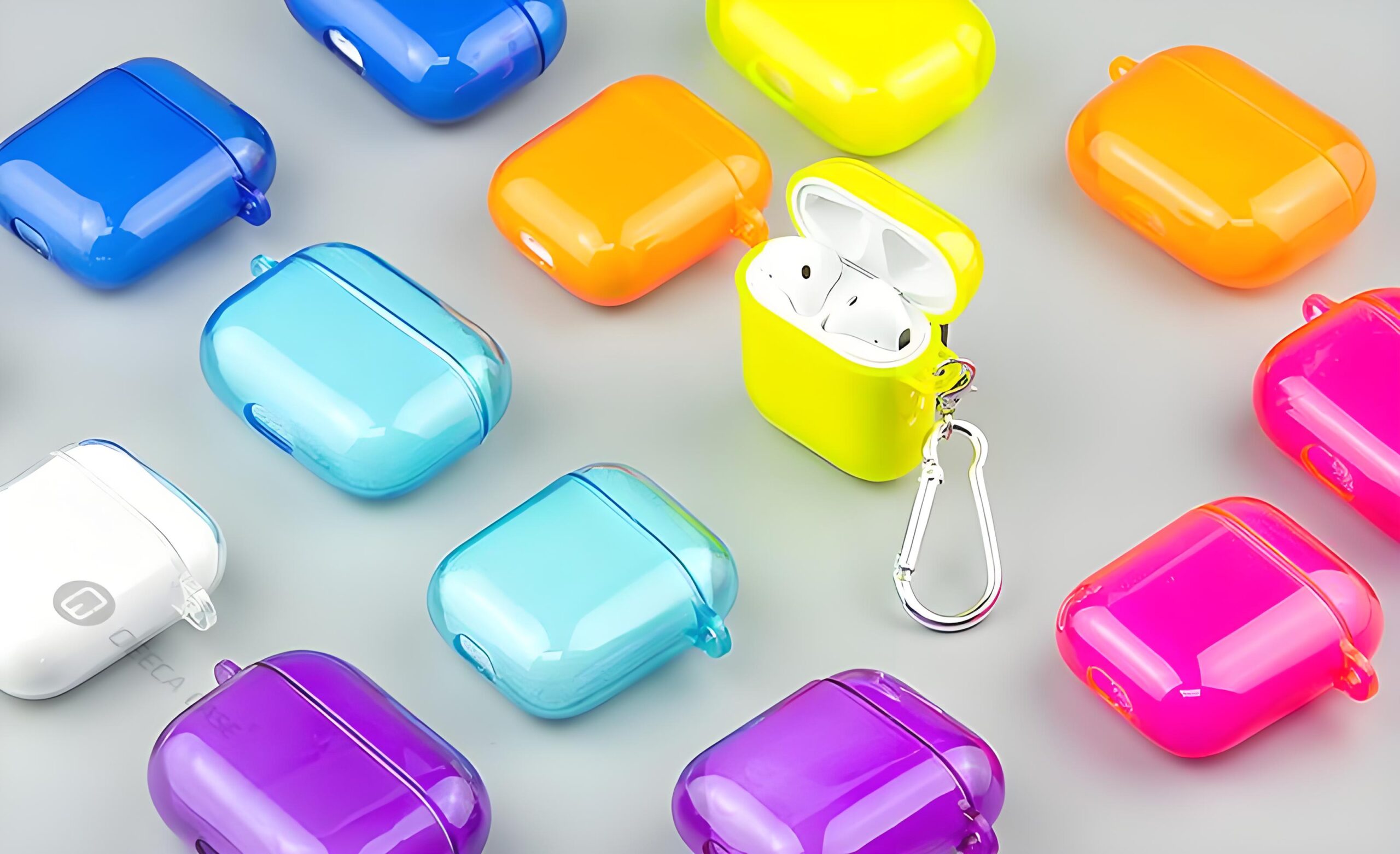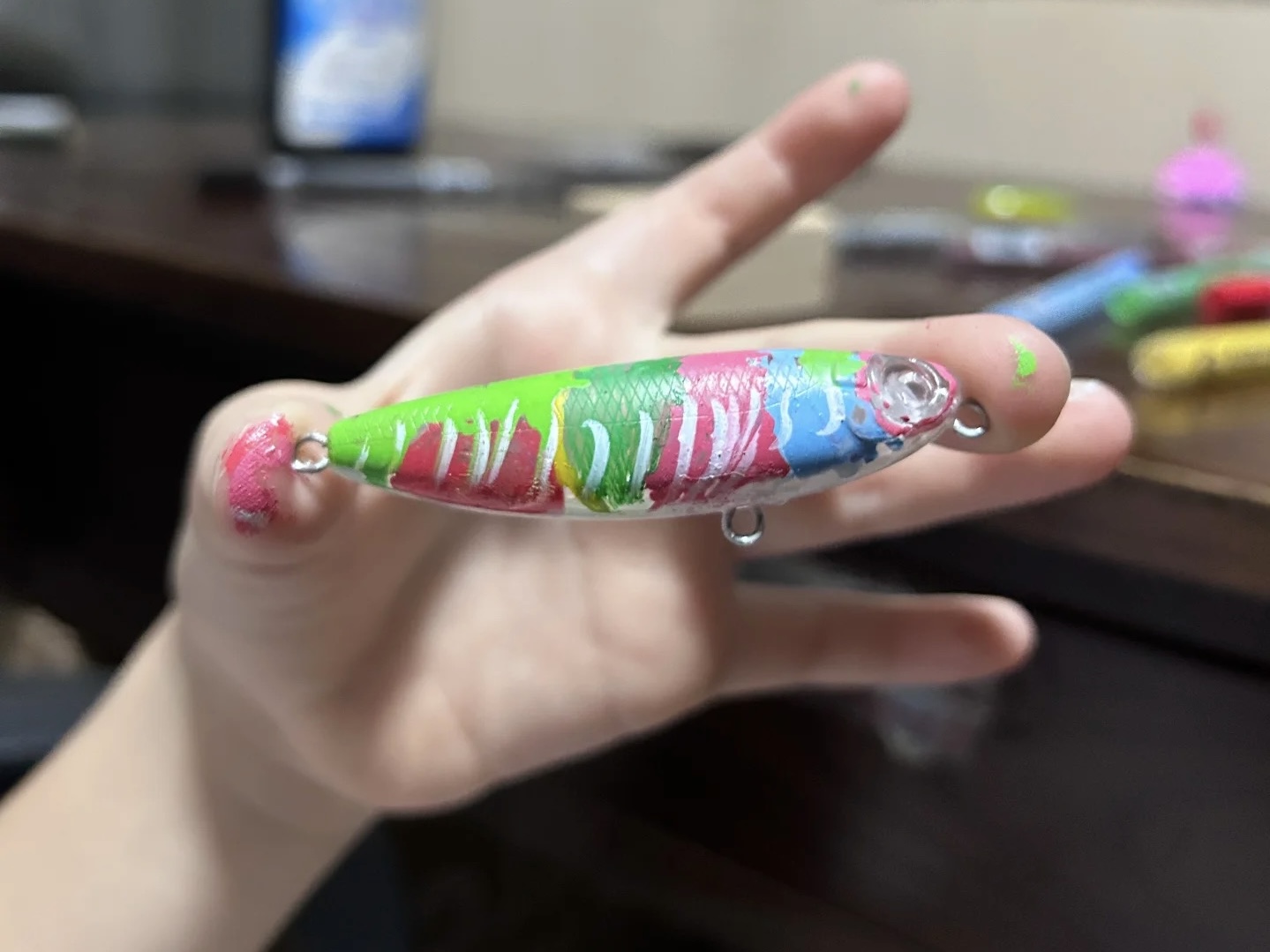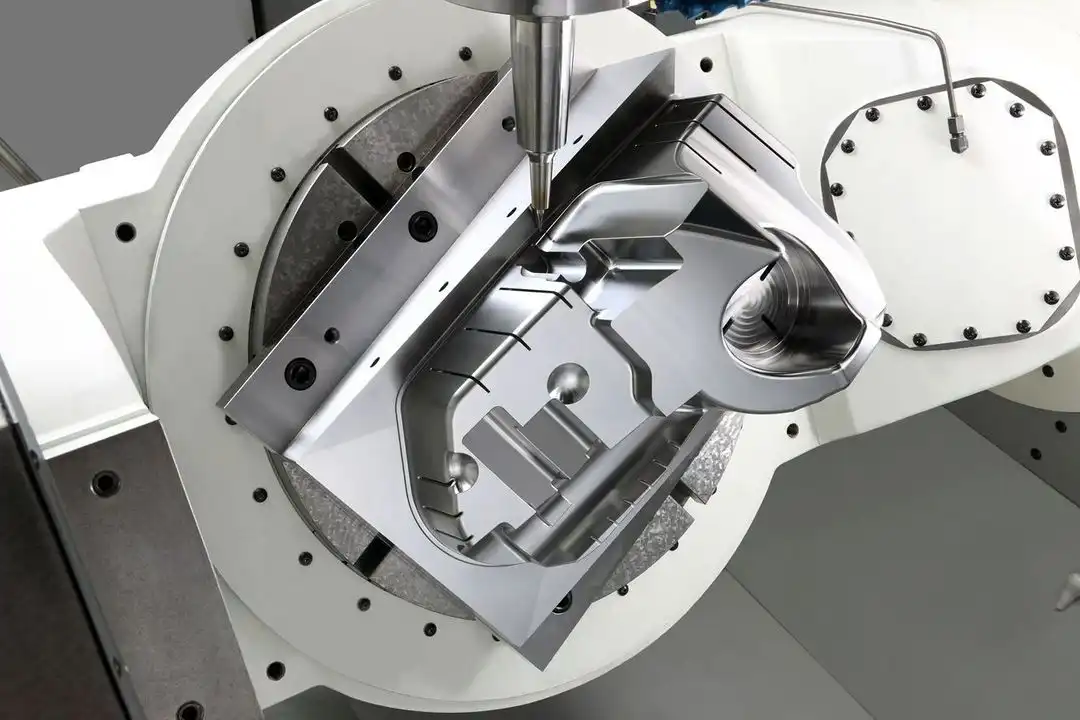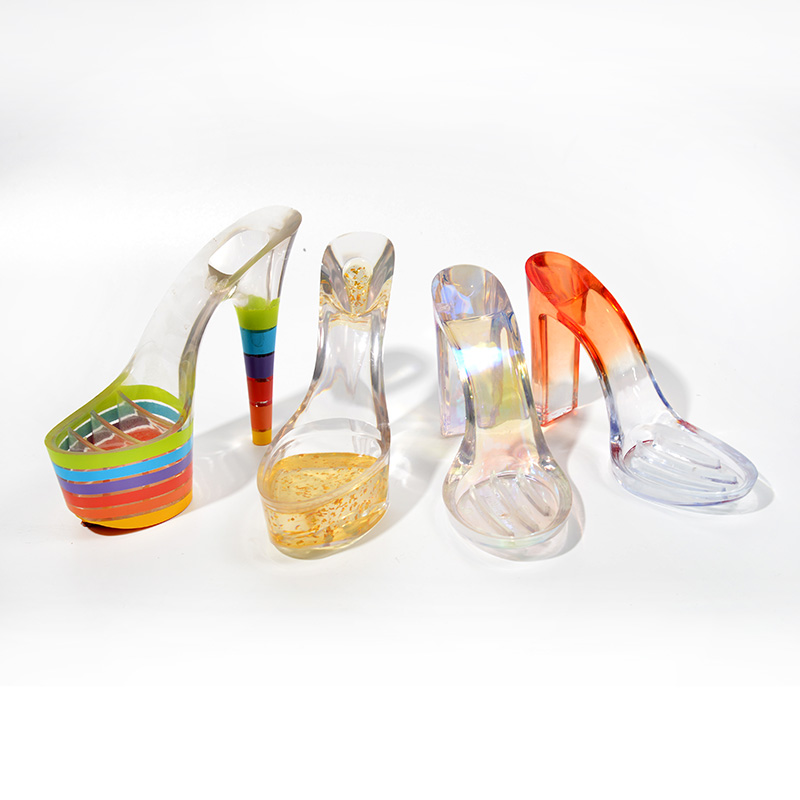Because plastics have the advantages of light weight, good toughness, easy molding and low cost, more and more plastics are used to replace glass in modern industry and daily products, especially in optical instruments and packaging industries, and the development is particularly rapid.
However, due to the requirements of good transparency, high wear resistance and good impact toughness, a lot of work needs to be done on the composition of plastics, the process of the entire injection molding process, equipment, molds, etc., to ensure that these plastics used to replace glass (hereinafter referred to as transparent plastics) have good surface quality and meet the requirements of use.
At present, the transparent plastics commonly used in the market are polymethyl methacrylate (commonly known as acrylic or organic glass, code name PMMA), polycarbonate (code name PC), polyethylene terephthalate (code name PET), transparent nylon. AS (acrylonitrile-styrene copolymer), polysulfone (code name PSF), etc. Among them, the three plastics we are most exposed to are PMMA, PC and PET. Due to limited space, the following will take these three plastics as examples to discuss the characteristics and injection molding process of transparent plastics.
- Performance of transparent plastics
Transparent plastics must first have high transparency, and secondly have certain strength and wear resistance, impact resistance, good heat resistance, excellent chemical resistance, and low water absorption. Only in this way can they meet the transparency requirements and remain unchanged for a long time during use. Table 1 is listed below to compare the performance of PMMA, PC and PET.
Table 1: Comparison of transparent plastic performance
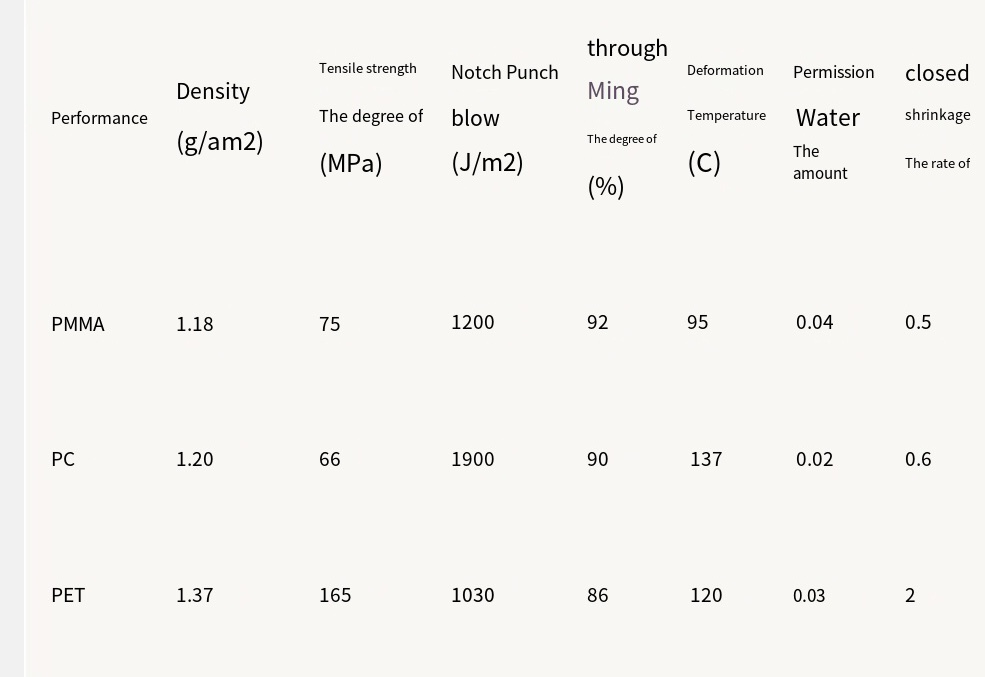
Note: (1) Due to the wide variety of varieties, this is just an average value, and the actual data of different varieties are different.
(2) PET data (mechanical aspects) are after stretching.
From the data in Table 1, it can be seen that PC is a more ideal choice, but mainly due to its expensive raw material price and difficult injection molding process, PMMA is still the main choice (for products with general requirements), and RET needs to be stretched to obtain good mechanical properties, so it is mostly used in packaging and containers.
- Common issues that should be noted during the injection molding of transparent plastics
Because of the high light transmittance of transparent plastics, strict surface quality requirements are inevitably required for plastic products. There should not be any defects such as streaks, pores, whitening, halo, black spots, discoloration, poor gloss, etc. Therefore, during the entire injection molding process, great attention should be paid to and strict or even special requirements should be put forward for the design of raw materials, equipment, molds, and even products.
Secondly, since transparent plastics mostly have high melting points and poor fluidity, in order to ensure the surface quality of the product, it is often necessary to make fine adjustments to process parameters such as higher temperature, injection pressure, and injection speed so that the injection plastic can fill the mold without generating internal stress and causing product deformation and cracking.
The following is a discussion of matters that should be paid attention to in terms of raw material preparation, equipment and mold requirements, injection molding process, and raw material processing of products.
(I) Preparation and drying of raw materials
Since any impurities in the plastic may affect the transparency of the product, it is necessary to pay attention to sealing during storage, transportation, and feeding to ensure that the raw materials are clean. In particular, the raw materials contain moisture, which will cause the raw materials to deteriorate after heating, so they must be dried, and during injection molding, the feed must be added using a drying hopper.
Another point to note is that during the drying process, the input air should preferably be filtered and dehumidified to ensure that the raw materials will not be contaminated. The drying process is shown in Table 2 Drying process of transparent plastics
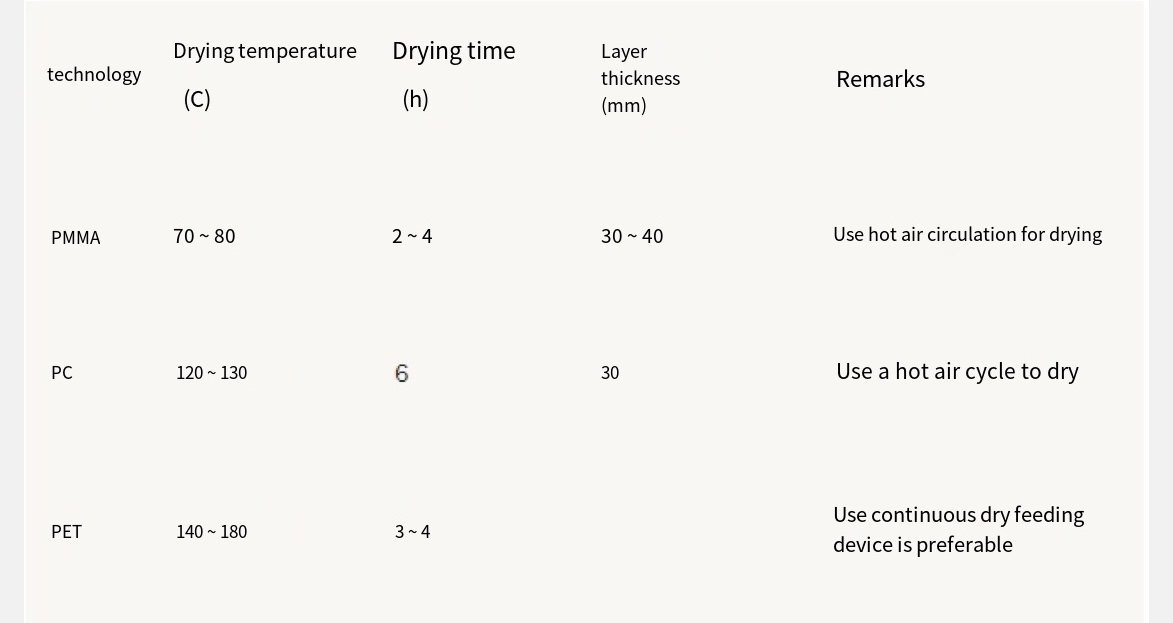
(II) Cleaning of barrels, screws and accessories
To prevent raw material contamination and the presence of old materials or impurities in the depressions of screws and accessories, especially resins with poor thermal stability, the screw cleaning agent should be used to clean all parts before use and after shutdown to prevent impurities from sticking. When there is no screw cleaning agent, the screw can be cleaned with resins such as PE and PS.
When the machine is temporarily shut down, in order to prevent the raw materials from staying at high temperatures for a long time and causing degradation, the temperature of the dryer and barrel should be lowered. For example, the barrel temperature of PC, PMMA, etc. should be lowered to below 160℃. (The hopper temperature for PC should be reduced to below 100℃)
(III) Issues that should be noted in mold design (including product design)
In order to prevent poor reflux or uneven cooling from causing poor plastic molding, surface defects and deterioration, the following points should be noted in mold design.
a) The wall thickness should be as uniform as possible, and the demoulding slope should be large enough;
b) The transition part should be gradually and smoothly transitioned to prevent sharp corners and sharp edges, especially PC products must not have gaps;
c) The gate. The runner should be as wide and short as possible, and the gate position should be set according to the shrinkage and condensation process. If necessary, a cold well should be added;
d) The mold surface should be smooth and low in roughness (preferably less than 0.8);
e) Exhaust holes. The groove must be sufficient to discharge air and gas in the melt in time;
f) Except for PET, the wall thickness should not be too thin, generally not less than 1mm.
(IV) Issues that should be noted in the injection molding process (including requirements for injection molding machines)
In order to reduce internal stress and surface quality defects, the following issues should be noted in the injection molding process.
a) A special screw and an injection molding machine with a separate temperature-controlled nozzle should be selected;
b) Injection temperature should be high, provided that the plastic resin does not decompose;
c) Injection pressure: Generally high, to overcome the defect of high viscosity of the melt, but too high pressure will produce internal stress, causing demolding difficulties and deformation;
d) Injection speed: Generally low, while satisfying mold filling, and it is best to use slow-fast-slow multi-stage injection;
e) Holding time and molding cycle: While satisfying product mold filling, without producing dents and bubbles; should be as short as possible to minimize the residence time of the melt in the barrel;
f) Screw speed and back pressure: Under the premise of satisfying plasticization quality, they should be as low as possible to prevent the possibility of decompression;
g) Mold temperature: The cooling of the product has a great impact on the quality, so the mold temperature must be able to accurately control its process. If possible, the mold temperature should be higher.
(V) Other issues
In order to prevent the deterioration of the surface quality, the release agent should be used as little as possible during injection molding; when the recycled material is used, it should not exceed 20%.
Except for PET, all products should be post-processed to eliminate internal stress. PMMA should be dried in 70-80T hot air circulation for 4 hours; PC should be heated to 110-135℃ in clean air, glycerin, liquid paraffin, etc. The time depends on the product, and it takes up to more than 10 hours. PET must go through a biaxial stretching process to obtain good mechanical properties.
III. Injection molding process of transparent plastics
Technological characteristics of transparent plastics: In addition to the above common problems, transparent plastics also have some technological characteristics, which are described as follows:
- Process characteristics of PMMA
PMMA has high viscosity and slightly poor fluidity, so it must be injected at high material temperature and high injection pressure. The influence of injection temperature is greater than injection pressure, but increased injection pressure is conducive to improving the shrinkage rate of the product. The injection temperature range is wide, the melting temperature is 160℃, and the decomposition temperature is 270℃, so the material temperature adjustment range is wide and the processability is good.
Therefore, to improve the fluidity, we can start with the injection temperature. Poor impact resistance, poor wear resistance, easy to scratch, easy to crack, so the mold temperature should be increased, the condensation process should be improved to overcome these defects.
- Process characteristics of PC
PC has high viscosity, high melting temperature and poor fluidity, so it must be injected at a higher temperature (between 270-320T). Relatively speaking, the material temperature adjustment range is narrow, and the processability is not as good as PMMA. The injection pressure has little effect on fluidity, but due to the high viscosity, the injection pressure is still required. Correspondingly, in order to prevent the generation of internal stress, the holding time should be as short as possible.
The shrinkage rate is large and the size is stable, but the product has large internal stress and is easy to crack, so it is advisable to increase the temperature rather than the pressure to improve the fluidity, and to reduce the possibility of cracking by increasing the mold temperature, improving the mold structure and post-processing. When the injection speed is low, the gate is prone to ripples and other defects. The temperature of the nozzle should be controlled separately, the mold temperature should be high, and the runner and gate resistance should be small.
- Process characteristics of PET
PET molding temperature is high, and the material temperature adjustment range is narrow (260-300℃), but after melting, the fluidity is good, so the processability is poor, and an anti-draft device is often added to the nozzle. The mechanical strength and performance are not high after injection, and the performance must be improved through the stretching process and modification.
Accurate control of mold temperature is an important factor in preventing warping and deformation, so it is recommended to use a hot runner mold. The mold temperature is high, otherwise it will cause poor surface gloss and difficulty in demolding.
